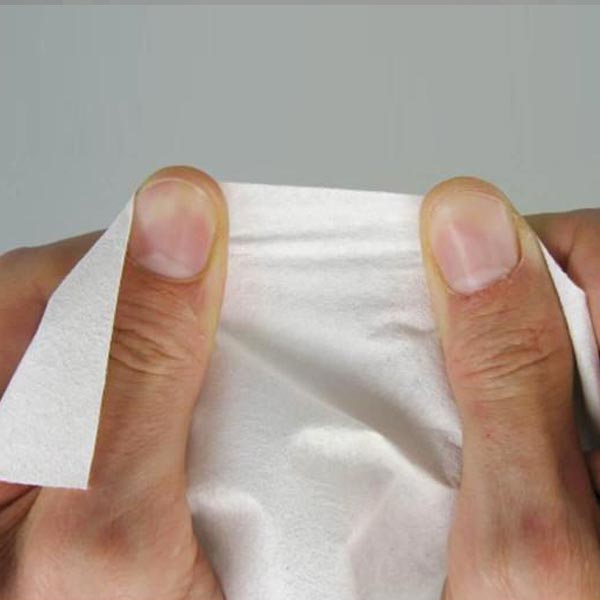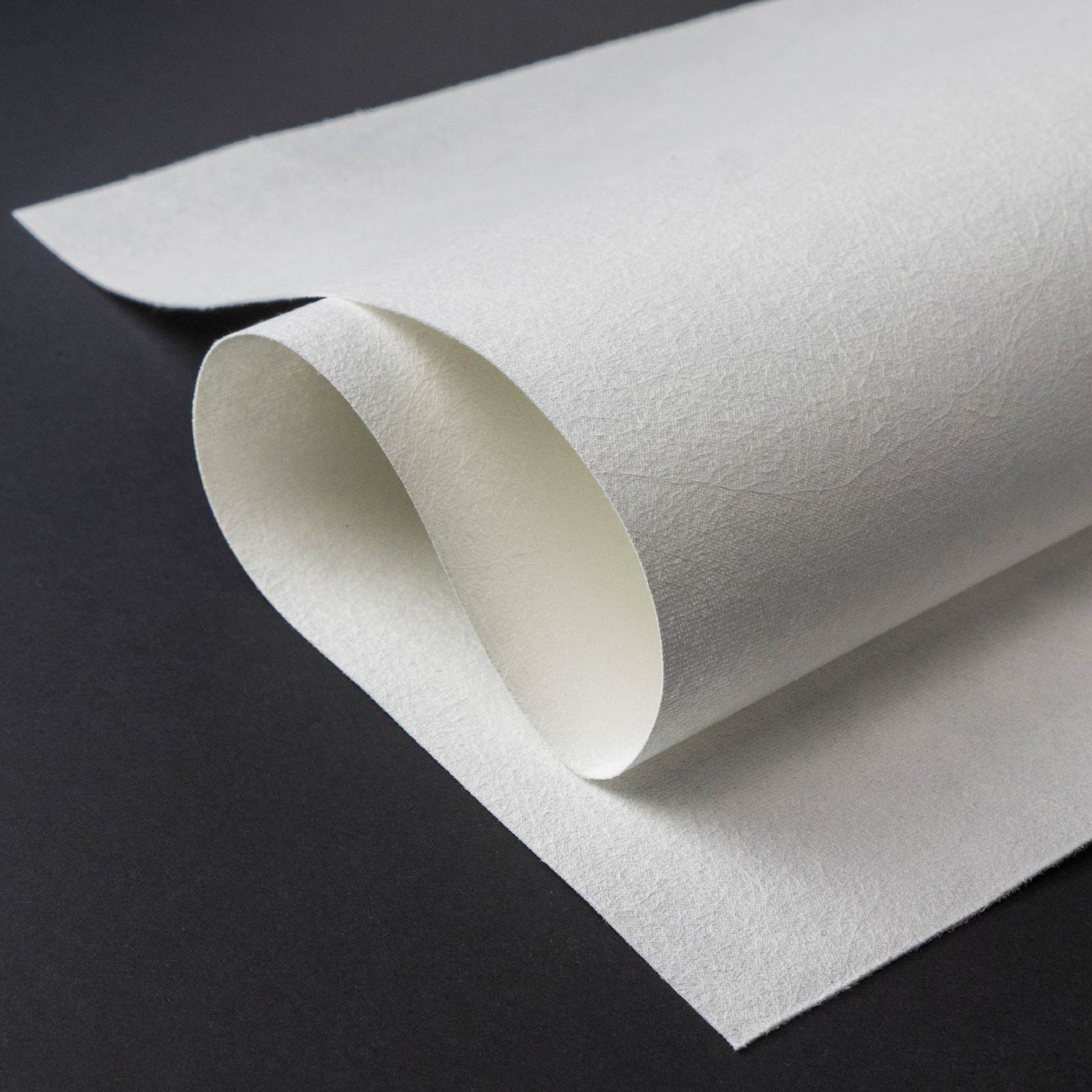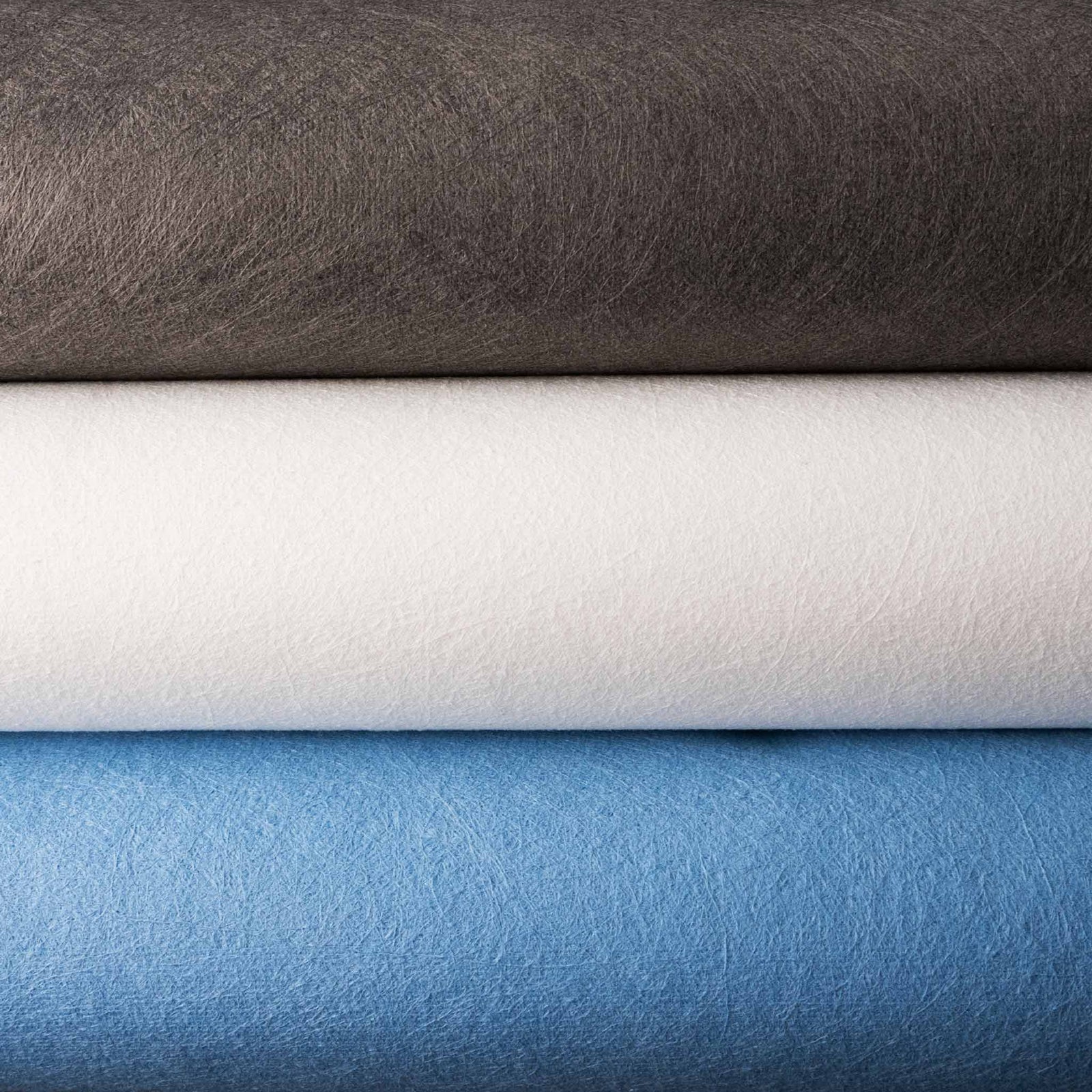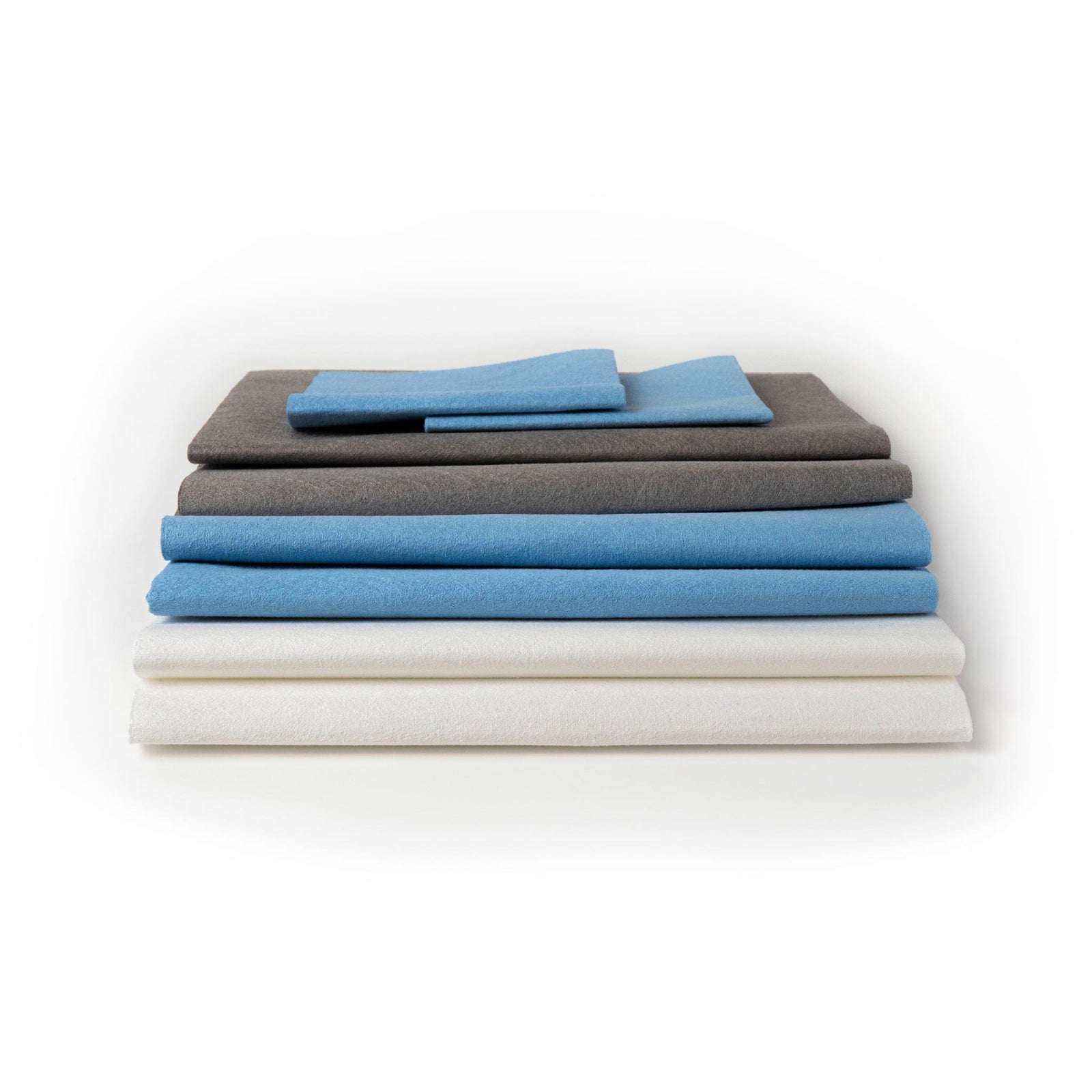A scientifically engineered tool that cleans on a microscopic scale
Wet it, wring it, wipe it, and walk away!
Unlike a typical woven fabric cloth that simply push dirt and grime around, Jude’s Miracle Cloth leaves surfaces clean and polished. Jude's tiny fibers lift grime and bacteria from surfaces. Simply wet it, wring it, wipe it, and walk away!
But How Does It Work?
Microfiber is a thread with a measurement of less than one denier, which is the measurement used to describe the size of a fiber. The original fibers are split apart into microfibers 10–20 times smaller. In fact, microfiber is so fine that 9,000 meters of microfiber weighs only 1 gram! These smaller split fibers create more surface area to attract and trap dirt & grime.
Jude’s Miracle Cloth is the best microfiber material available. It is made in Europe by a world-wide patented manufacturing method. In the factory, there are no chemicals used to manufacture Jude's Miracle Cloth – just pressurized and recycled water.
Jude's is a smooth spun microfiber- it is not woven. You can cut your Jude's into different sizes to meet your needs and it will not fray because it is a spun fabric. Woven fabrics need to have their edges bound so they do not fray.
The Facts
Did you know that microfiber materials can absorb up to 400% of their own weight in water? They also dry very quickly which helps to keep it from developing mold & bacteria which love a damp environment to grow.
The molecular composition of the microfiber is highly lipophilic, which means that they have the exceptional ability to absorb & pick up oils, grease and fats.
Microfiber textiles designed for cleaning are not just cloths, but are a scientifically engineered precision tool that cleans on a microscopic scale!
Field tests conducted by the University of California-Davis Hospital determined that using microfiber materials to clean a surface could reduce the number of bacteria by 99%, whereas conventional cleaning materials typically reduce bacteria by only 30%.
Source -UC Davis: https://archive.epa.gov/region9/waste/archive/web/pdf/mops.pdf
~~~~~~~~~~~~~~~~~~~~
Microfiber: A Brief History
- Dating back to the late 1950’s, curious minds began experimenting with splitting fibers.
- Dr. Miyoshi Okamoto of Japan is credited with conducting one of the most promising microfiber experiments in the 1960’s.
- Dr. Toyohiko Hikota, in collaboration with Dr. Miyoshi Okamoto, went on to design various successful industrial applications of the fiber (first in Europe, and then all over the world).
Microfiber Today
Today, microfiber fabrics are commonly used in athletic wear, as the material wicks moisture away from the body, keeping its wearers dry and comfortable. Microfiber is also commonly used in bathrobes, swimwear, and of course, Jude’s Miracle Cloth!





